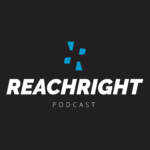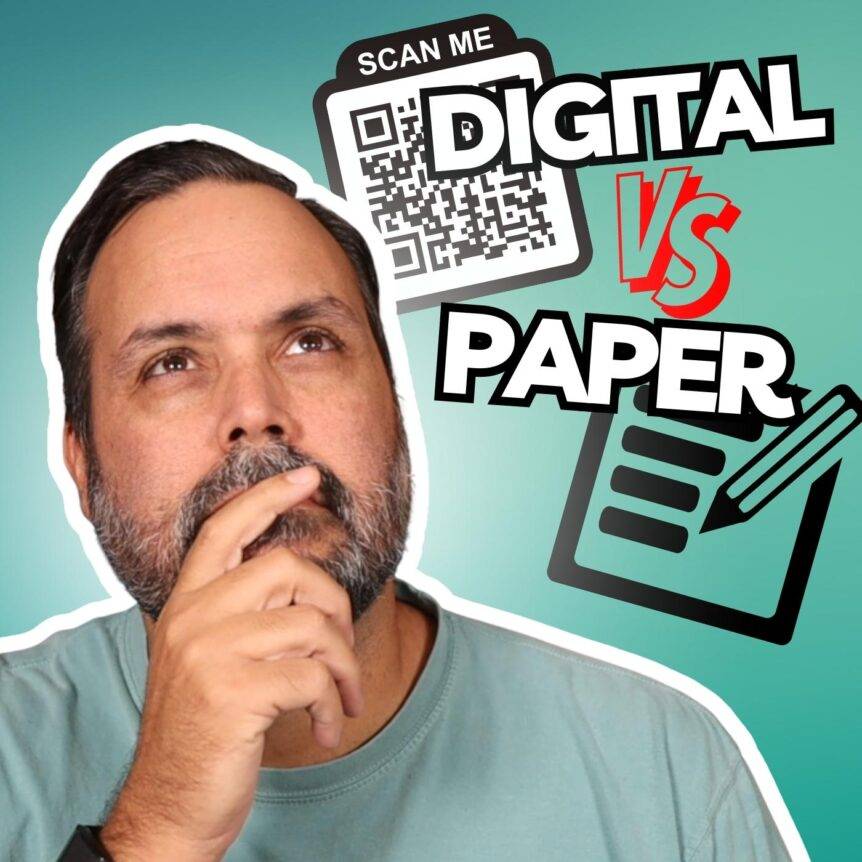In an ever-evolving digital landscape, the tools we use to foster connection and community must also adapt. One such tool in our churches is the connect card. These have traditionally been paper-based, a tangible link between the congregation and the church. But, as our world grows more digital, so too does the opportunity for our connect cards to evolve.
The move from paper to digital may seem daunting, but the potential benefits for your church are immense. From streamlined data management to substantial cost savings, digital connect cards offer a wealth of improvements over their paper counterparts.
Join us as we explore the pros and cons of each approach, but more importantly, as we delve into the compelling reasons why it’s time for your church to transition to digital connect cards. This step towards modernization can enhance your administrative efficiency and help your church resonate more effectively with our digital society.
Table of contents
Paper Connect Cards: A Nod to Tradition
For years, paper connect cards have been a staple in our churches. They’re tangible, familiar, and accessible to everyone, irrespective of their comfort level with technology. However, these traditional cards come with certain limitations. For instance, the space for data collection is inherently limited. Manual data entry is required, which can lead to human error and requires significant man-hours. The cost of printing and storing these cards can add up over time, and there’s the constant need for physical storage.
Digital Connect Cards: A Look into the Future
In contrast, digital connect cards offer a modern and efficient solution. They allow for extensive data capture, in a format that can be as flexible as you need. These digital cards can be seamlessly integrated with church management software, eliminating manual data entry, reducing error, and providing real-time access to valuable information.
The transition to digital also leads to cost savings, as the expenses associated with printing, storing, and handling physical cards are removed. Furthermore, digital connect cards align well with the technological proficiency of our congregants, offering a convenient method of communication and engagement.
Sure, there may be challenges – some members might face a learning curve, and the need for reliable internet is paramount. However, with careful planning and support, these hurdles can be effectively managed.
5 Reasons Your Church Needs to Switch to Digital Connect Cards
Given the strengths of digital connect cards, it’s worth considering why your church should make the transition. Here are five compelling reasons:
Increased Efficiency
Digital connect cards streamline the process of data collection and management. No longer will you need to allocate hours for manual data entry. Instead, you can enjoy the ease and speed of real-time data access.
Better Data Utilization
More comprehensive data capture equates to a deeper understanding of your congregation and their needs. This wealth of information can be leveraged to improve your services, tailor your outreach efforts, and foster a stronger church community.
Cost Savings
The switch to digital connect cards reduces the ongoing costs of printing, storing, and handling physical cards. These savings can be redirected to other areas of your church’s mission, making better use of your resources.
Improved Integration
Digital connect cards integrate easily with church management software or other systems. This allows for seamless data analysis and communication, enhancing your administrative workflows. It’s not just about doing things differently; it’s about doing things smarter.
Adapt to Digital Trends
As society becomes more digital, your church must keep pace. The transition to digital connect cards helps your church stay relevant and accessible, particularly to younger generations who are digital natives.
Should You Switch?
Transitioning to digital connect cards is a significant move that aligns with societal trends and offers numerous benefits. While the shift may present initial challenges, the long-term advantages in terms of cost savings, efficiency, and data utilization make it a compelling choice.
As we look towards the future, making the move to digital is an important step in modernizing your church’s practices. It’s about enhancing administrative efficiency, meeting the needs of a digital society, and fostering a deeper connection with your congregation. It’s about embracing the future of your church.
More On Church Communications





